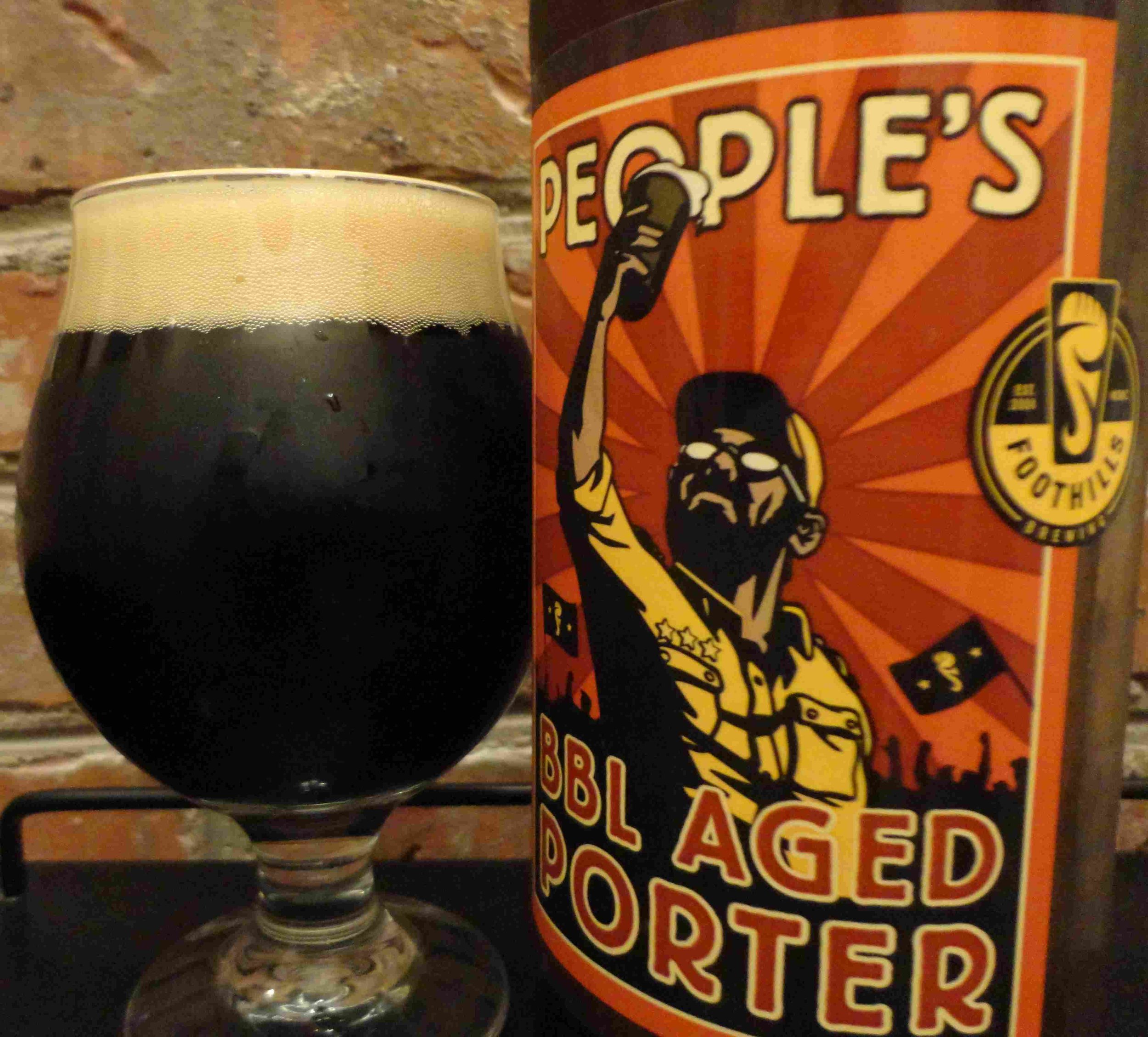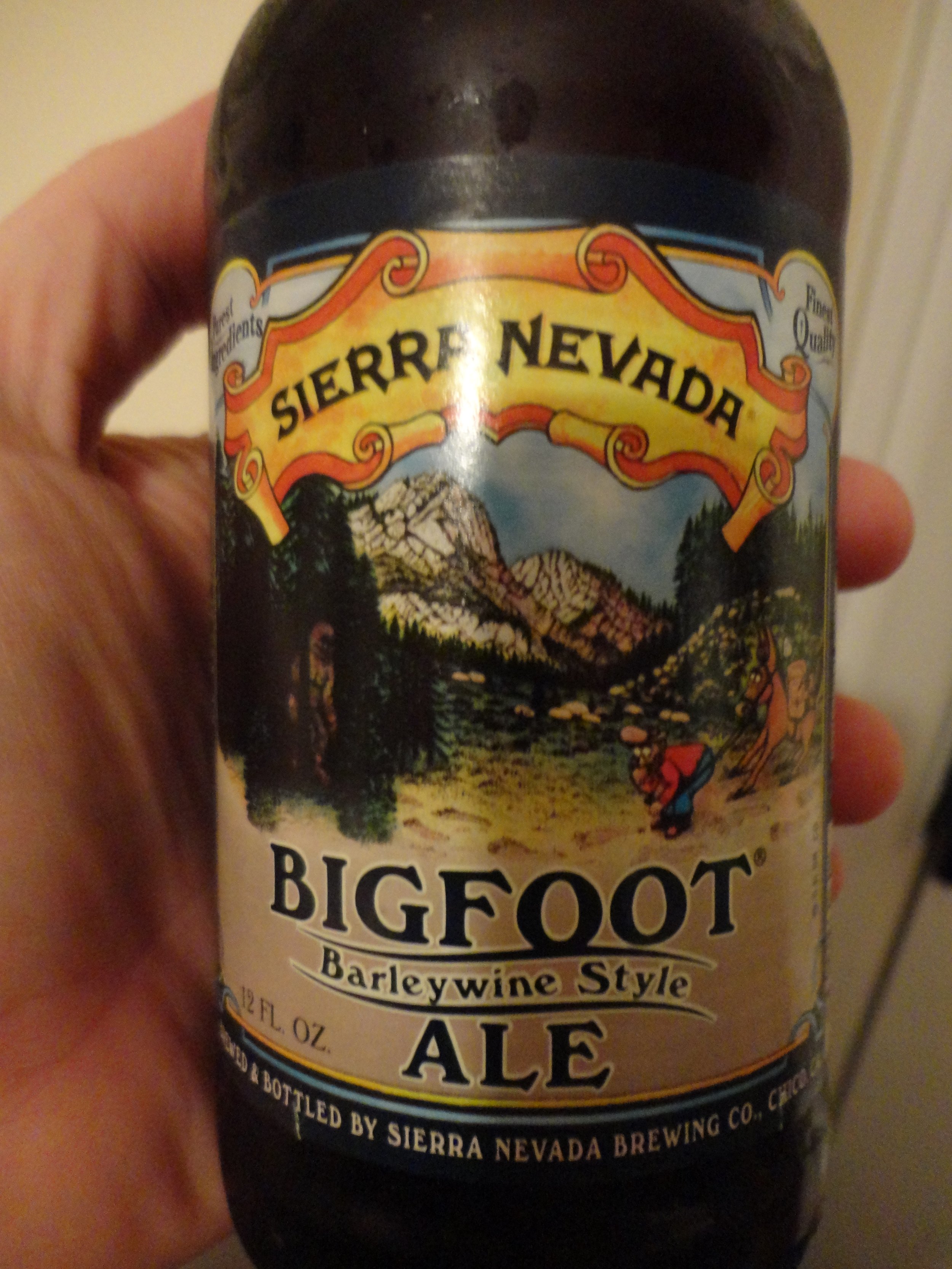The Loss of Anchor Brewing…a trend?
Headlines have blasted across my news feeds these past few weeks as the announcement that “America’s Oldest Craft Brewery,” Anchor Brewing out of San Francisco, was shutting its doors. Friends and acquaintances have passed this info along to me as though it is a foreshadowing of worse things to come for the craft beer industry.
Let’s begin by acknowledging a hard-truth here – Anchor Brewing stopped being craft brewery when they were acquired by Sapporo Holdings from Japan in 2019. Its disingenuous to declare Anchor Brewing as “America’s Oldest Craft Brewery” when its parent company is not “American,” it is no longer independently owned, and it is no longer “Craft Beer.”
I had a lot of respect for Anchor and I was especially a fan of their porter – it was probably one of the first porters I’d ever had back in the 1990s. To see them get sold to Sapporo a few years ago was very disappointing. But now, they’re the victim of a corporation that did not know how to continue to grow them, lacks innovation and doesn’t understand the craft beer market.
We’ve now seen these same failings at AB-InBev who announced this week they are selling off many of the craft beer brands they acquired over the years – such as Breckenridge, Red Hook, Widmer and Blue Point (amongst others).
Major corporations care much, much more about the bottom line than about innovation and taking risks, which is what craft beer is all about. They want products that can be easily and cheaply replicated and will be consumed by the masses. They do not have the patience to see if their creative brewer’s next experimental brew will bear fruit or not. At major corporations the accountants get a much bigger voice in the Board Room than the brewers.
Sapporo blamed the “impacts of the pandemic, inflation…and a highly competitive market” for the decision to shut things down. Employees at Anchor, however, blamed their parent company for mismanaging the brand and not understanding the craft beer market, along with a poor rebranding campaign.
So what does this all mean for the Craft Beer industry?
Indeed the landscape is changing – it’s never stopped changing!
We can start by knowing that big corporations do not understand craft beer and likely never will.
The biggest challenge for craft beer falls on the larger craft brewers – those that currently have or are seeking national or regional recognition. Craft beer is seeing a strong trend towards more and more locally brewed options.
Back when I opened Carolina Beer Temple in 2013 Charlotte only had 5 local breweries. The Charlotte area now supports more than 75. My shelves back in those early days were stocked with beers from Stone Brewing (California), Bell’s Brewing (Michigan), Founders (Michigan), Oskar Blues (Colorado), Allagash (Maine), Smuttynose (New Hampshire), Dogfish Head (Deleware) and others. No disrespect to any of the beers those breweries are making today (and not all of those breweries remain “craft” today), but almost anything we would bring in from those breweries in 2023 would become what we in the industry call a “shelf turd.” They just won’t sell no matter how good they are. Our craft beer clientele predominantly wants local brews.
But what is local? Back in 2013, when we opened, our shelves, we considered just about anything from North or South Carolina to be “local.” Our shelves were populated with beers from Highland Brewing (Asheville), Foothills Brewing (Winston-Salem), Olde Hickory (Hickory), Duck Rabbit (Farmville), RJ Rockers (Spartanburg) and Fullsteam (Durham). Today, beers from these breweries (again no matter how good they are) are really hard to sell to our clientele! Customers want local! They want hyper-local! They want beers brewed in their hometown!
Sure, beers from all of the above breweries are still good and respectful and we occasionally put a few on the shelf or on tap from time-to-time, but overall, our customers tend to want hyper-local (and they want innovation… more on that in a bit).
The hyper-local nature of craft beer is getting even more challenging for local brewers. I’ve literally heard craft beer geeks ask, “why would I go all the way to Southend to visit a brewery, when I’ve got 7 great ones in my back yard in Noda?” Forget the competition from one region to the next, or one city to the next. The hyper-local trend is now trending toward supporting the breweries in one neighborhood over another.
On top of all this, the true craft beer drinker is never loyal to a brand (something the big corporations will never understand). Craft beer drinkers are loyal to “craft beer.” They want something new, they want innovation, they want their local brewers to take risks (often) and try new things. They’re not happy bringing the same 4-pack from the same brewery home week after week. They want to open their fridge and see a beer they’ve never tried before, week in and week out!
So, those bigger, regional or national, brands are going to continue to face fierce competition from the little guys and the craft beer lover’s mindset - that local is fresher, local is better.
Can the big guys still compete? Definitely! Sierra Nevada, for example, seems to be doing just fine. And they continue to innovate and try new things, while still relying on the sales of their infamous Pale Ale to keep them going. But overall, those bigger, regional and national craft beer brands will continue to struggle for market share as more and more people become craft beer geeks and shun, more often than not, anything that isn’t truly local.
Meanwhile, our “regional” brands, like Highland Brewing, Fullsteam and Foothills and the like are also going to face challenges making inroads across a market that is trending hyper-local. It doesn’t mean craft beer is in any danger of going out of favor, but what we’re going to see is that those breweries may need to find ways to increase their local market share, rather than expanding across the state or region.
Cheers!
Author: Rob Jacik







